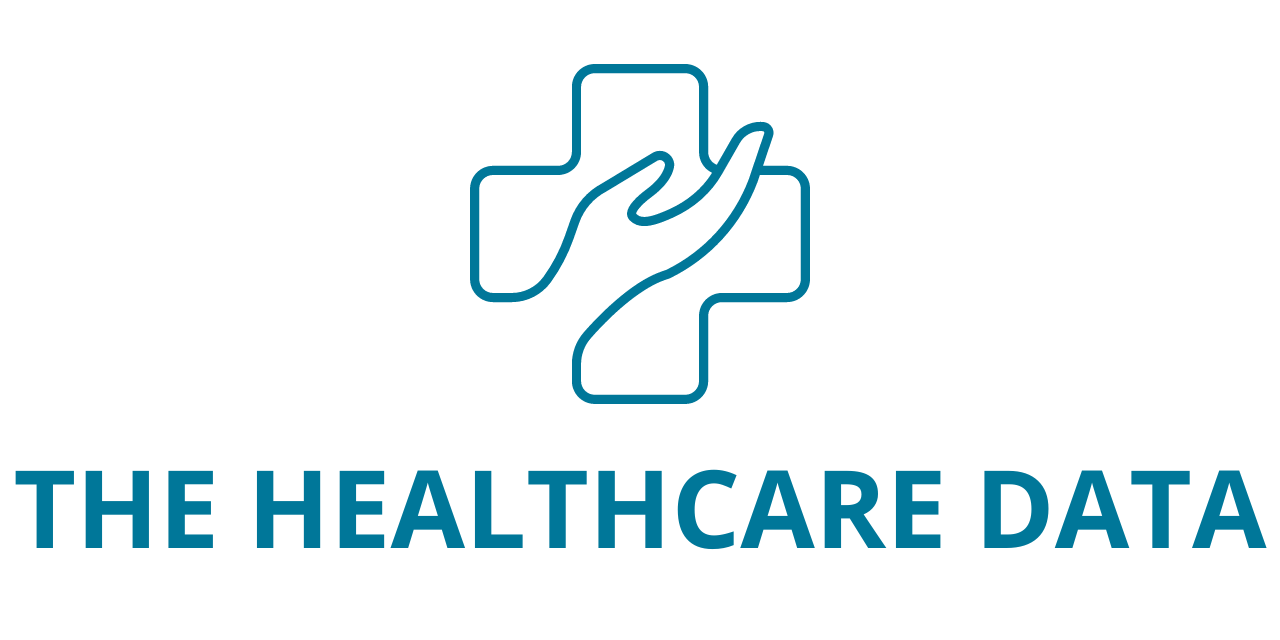
The Janssen Pharmaceutical Companies of Johnson & Johnson announced today that five company-sponsored presentations will be featured during the Association for Research in Vision and Ophthalmology (ARVO) 2023 Annual Meeting in New Orleans from April 23-27, 2023. Janssen presentations will include updates from the Phase 1/2 MGT009 trial for investigational gene therapy botaretigene sparoparvovec (bota-vec, formerly AAV-RPGR) in patients with the inherited retinal disease (IRD) X-linked retinitis pigmentosa (XLRP) associated with the retinitis pigmentosa GTPase regulator (RPGR) gene, and pooled safety analysis data from two Phase 1 trials of the investigational gene therapy JNJ-81201887 (JNJ-1887); one trial in patients with geographic atrophy (GA), a late-stage and severe form of age-related macular degeneration (AMD) and one trial in wet AMD (Abstracts #5446 and #732-C0314).1,2
“People living with retinal diseases, including XLRP and geographic atrophy, are often faced with the inevitable fate of going blind. In this new era of innovation, we’re taking a cutting-edge approach to saving sight through groundbreaking technologies such as gene therapy, and we’re thrilled to showcase some of this research at this year’s ARVO annual meeting,” said James List, M.D., Ph.D., Global Therapeutic Area Head, whose team oversees a portfolio of programs including Retina at Janssen Research & Development, LLC. “We are on a bold mission to restore and preserve vision for people living with retinal diseases, and these important data bring us one step closer to building a brighter future for the patients we serve.”
XLRP is a rare condition estimated to impact one in 40,000 people globally.3,4 People with XLRP have progressive vision loss, starting in childhood with night blindness.5 Over time, they lose their peripheral vision followed by central vision loss leading to legal blindness by the average age of 40.5 Currently, no treatments are approved for XLRP.5 Geographic atrophy is an advanced form of AMD.6 It affects more than five million individuals worldwide and is a leading cause of blindness in people over 65 years of age.6 It has a devastating impact on these patients and their quality of life, including their ability to read, drive and perform other day-to-day activities.6
A complete listing of Janssen-sponsored abstracts being featured at the ARVO Annual Meeting is provided below. Abstracts can also be found on the ARVO Annual Meeting website.
| Presentation / poster # | Title |
| 5446 | Humoral immune response to AAV5-RPGR (botaretigene sparoparvovec) gene therapy in RPGR-associated X-linked retinitis pigmentosa. |
| 732 – C0314 | Pooled safety analysis of a single intravitreal injection of JNJ-1887 (gene therapy, AAVCAGsCD59) in patients with age-related macular degeneration (AMD). |
| 5440 | Medical Comorbidities and Severe Visual Impairment in Real-World Patients With Inherited Retinal Diseases. |
| 4664 – C0129 | Leveraging the Sight Outcomes Research Collaborative (SOURCE) Repository to Identify Patients with RPGR-Related Retinitis Pigmentosa. |
| 316 – C0153 | Comparison of a Deep Learning based OCT image segmentation algorithm to manual segmentation by a traditional reading center for patients with wet AMD. |
Janssen will also have an interactive Retina Medical Affairs exhibit booth (location #709) at the ARVO annual meeting. For more information about Janssen Retina’s research and portfolio, please visit www.retina.janssen.com.
About botaretigene sparoparvovec (bota-vec)
Botaretigene sparoparvovec (bota-vec) is being investigated in collaboration with MeiraGTx Holdings plc for the treatment of patients with X-linked retinitis pigmentosa (XLRP) caused by disease-causing variants in the eye-specific form of the RPGR gene. Through a one-time administration, bota-vec is designed to deliver functional copies of the RPGR gene to counteract the loss of retinal cells with the goal of preserving and potentially restoring vision for those living with XLRP. The Phase 3 LUMEOS clinical trial (NCT04671433) is actively dosing patients to study bota-vec for the treatment of patients with XLRP with disease-causing variants in the RPGR gene. Bota-vec has been granted Fast Track and Orphan Drug designations by the U.S. Food and Drug Administration (FDA) and PRIority MEdicines (PRIME), Advanced Therapy Medicinal Product (ATMP) and Orphan designations by the European Medicines Agency (EMA).
About the Janssen and MeiraGTx Strategic Collaboration
In January 2019, Janssen Research & Development, LLC entered into a worldwide collaboration and license agreement with MeiraGTx Holdings plc, a clinical-stage gene therapy company, to develop, manufacture and commercialize its clinical-stage inherited retinal disease portfolio. Botaretigene sparoparvovec (bota-vec) is being developed as part of a collaboration and license agreement. In addition to forming a research collaboration to explore new targets for other inherited retinal diseases, Janssen is working with MeiraGTx to build core capabilities in viral vector design, optimization and manufacturing.
About JNJ-1887
JNJ-81201887 (JNJ-1887), formerly referred to as AAVCAGsCD59, is an investigational one-time gene therapy for the treatment of people with geographic atrophy, an advanced form of age-related macular degeneration (AMD). JNJ-1887 is designed to increase the expression of a soluble form of CD59 (sCD59) intended to protect retinal cells, thus slowing and preventing disease progression. The Phase 2b PARASOL clinical trial (NCT05811351) is actively enrolling patients to study JNJ-1887 for the treatment of adults 60 or older with advanced dry AMD with geographic atrophy. JNJ-1887 has been granted Fast Track designation by the U.S. Food and Drug Administration (FDA) and Advanced Therapy Medicinal Product (ATMP) designation by the European Medicines Agency (EMA).
About the Janssen Pharmaceutical Companies of Johnson & Johnson
At Janssen, we’re creating a future where disease is a thing of the past. We’re the Pharmaceutical Companies of Johnson & Johnson, working tirelessly to make that future a reality for patients everywhere by fighting sickness with science, improving access with ingenuity, and healing hopelessness with heart. We focus on areas of medicine where we can make the biggest difference: Cardiovascular, Metabolism & Retina; Immunology; Infectious Diseases & Vaccines; Neuroscience; Oncology; and Pulmonary Hypertension.
Learn more at www.janssen.com. Follow us at @JanssenGlobal. Janssen Research & Development, LLC is part of the Janssen Pharmaceutical Companies of Johnson & Johnson.
# # #
Cautions Concerning Forward-Looking Statements
This press release contains “forward-looking statements” as defined in the Private Securities Litigation Reform Act of 1995 regarding botaretigene sparoparvovec and JNJ-81201887. The reader is cautioned not to rely on these forward-looking statements. These statements are based on current expectations of future events. If underlying assumptions prove inaccurate or known or unknown risks or uncertainties materialize, actual results could vary materially from the expectations and projections of Janssen Research & Development, LLC, any of the other Janssen Pharmaceutical Companies, and/or Johnson & Johnson. Risks and uncertainties include, but are not limited to: challenges and uncertainties inherent in product research and development, including the uncertainty of clinical success and of obtaining regulatory approvals; uncertainty of commercial success; manufacturing difficulties and delays; competition, including technological advances, new products and patents attained by competitors; challenges to patents; product efficacy or safety concerns resulting in product recalls or regulatory action; changes in behavior and spending patterns of purchasers of health care products and services; changes to applicable laws and regulations, including global health care reforms; and trends toward health care cost containment. A further list and descriptions of these risks, uncertainties and other factors can be found in Johnson & Johnson’s Annual Report on Form 10-K for the fiscal year ended January 1, 2023, including in the sections captioned “Cautionary Note Regarding Forward-Looking Statements” and “Item 1A. Risk Factors,” and in Johnson & Johnson’s subsequent Quarterly Reports on Form 10-Q and other filings with the Securities and Exchange Commission. Copies of these filings are available online at www.sec.gov, www.jnj.com or on request from Johnson & Johnson. None of the Janssen Pharmaceutical Companies nor Johnson & Johnson undertakes to update any forward-looking statement as a result of new information or future events or developments.
[1] Caratzas, E et al. Humoral immune response to AAV5-RPGR (botaretigene sparoparvovec) gene therapy in RPGR-associated X-linked retinitis pigmentosa. Abstract #5446. Association for Research in Vision and Ophthalmology 2023 Annual Meeting.
[2] Lad, EM et al. Pooled safety analysis of a single intravitreal injection of JNJ-1887 (gene therapy, AAVCAGsCD59) in patients with age-related macular degeneration (AMD). Abstract #732 – C0314. Association for Research in Vision and Ophthalmology 2023 Annual Meeting.
[3] Boughman JA, Conneally PM, Nance WE. Population genetic studies of retinitis pigmentosa. Am J Hum Genet. 1980;32(2):223–235.
[4] Fishman GA. Retinitis pigmentosa. Genetic percentages. Arch Ophthalmol. 1978;96(5):822–826. doi:10.1001/archopht.1978.03910050428005.
[5] Wang DY, Chan WM, Tam PO, et al. Gene mutations in retinitis pigmentosa and their clinical implications. Clin Chim Acta. 2005;351(1-2):5-16.
[6] Cohen, MN et al. Phase 1 Study of JNJ-81201887 Gene Therapy in Geographic Atrophy (GA) Due to Age-related Macular Degeneration (AMD). Abstract #30071749. Presented at the 2022 American Academy of Ophthalmology Annual Meeting.
Source: https://www.jnj.com/





